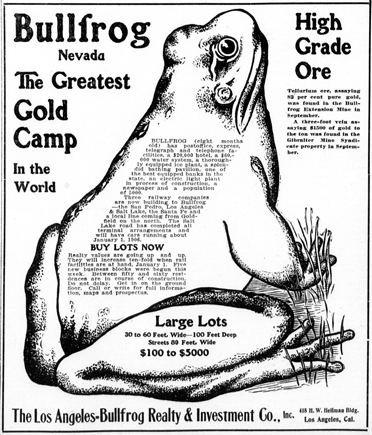--
Nevada
Bullfrog (site)
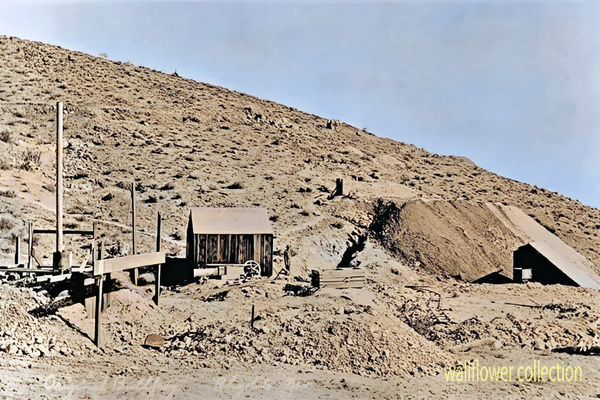
Bullfrog 1906 - Central Nevada Historical Society (colorized)
The Bullfrog Mine was discovered on August 9, 1904, by Frank "Shorty" Harris and Ed Cross. Bullfrog either came from Eddie Cross' love of singing 'O, the bulldog on the bank and the bullfrog in the pool...' or from a sample of rich gold discovered in a green-stained rock shaped like a frog. To distinguish the mine from the mining camp, 'Original' was probably added to the name.
By the end of that year, about a thousand people lived in tents and dugouts. By the winter of 1904, congested traffic made rail connections necessary in Bullfrog. The Bullfrog-Goldfield Railroad reached Rhyolite on May 22, 1907.
Bullfrog, Nevada, carries a name that evokes curiosity and perhaps a chuckle, but its history is entrenched in the classic American tale of boom and bust, characteristic of many mining towns of the West. The story of Bullfrog is relatively short, mirroring the rapid rise and fall of numerous other towns that sprang up during the gold rush era in the United States.
Bullfrog was established in 1904, amidst a rush for wealth that defined the early 20th century in Nevada, a state famed for its mineral riches. The town was named after the Bullfrog Mine, which, in turn, got its name from a rock formation nearby that, somewhat optimistically, resembled a frog. The discovery of gold in the area attracted prospectors, miners, and entrepreneurs from across the country, drawn by the lure of striking it rich.
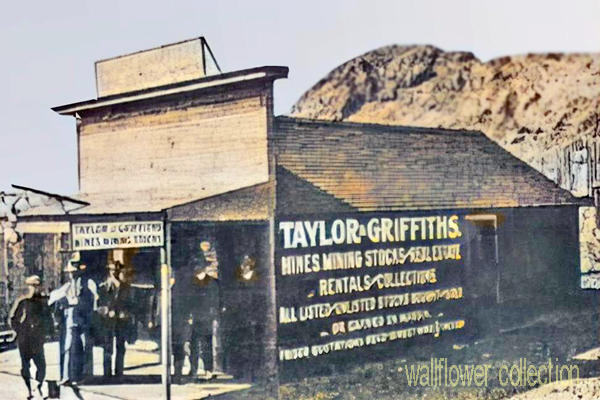
At its peak, Bullfrog boasted a population of several thousand people, a figure that was impressive for such a remote location at the time. The town quickly developed to cater to the needs of its residents and transient miners, with saloons, stores, a post office, and even a newspaper springing up to serve the burgeoning community.
However, the initial excitement was short-lived. By 1907, just a few years after its founding, the mines began to deplete, and the quality of ore declined. This downturn led to a rapid exodus. Miners and their families, who had come with dreams of wealth, left in search of new opportunities elsewhere, leaving Bullfrog to face a decline that many such towns could not escape.
By the early 1910s, Bullfrog was largely abandoned, becoming one of the many "ghost towns" that dot the Nevada landscape. Today, it serves as a historical footnote, offering a glimpse into the transient nature of boomtowns that rose quickly on the promise of wealth and just as rapidly fell when that promise evaporated.
The legacy of Bullfrog, Nevada, encapsulates the boom-and-bust cycle that was so common in the mining towns of the American West. It stands as a testament to the fleeting nature of such communities, driven by the human spirit of adventure, optimism, and the relentless pursuit of prosperity.
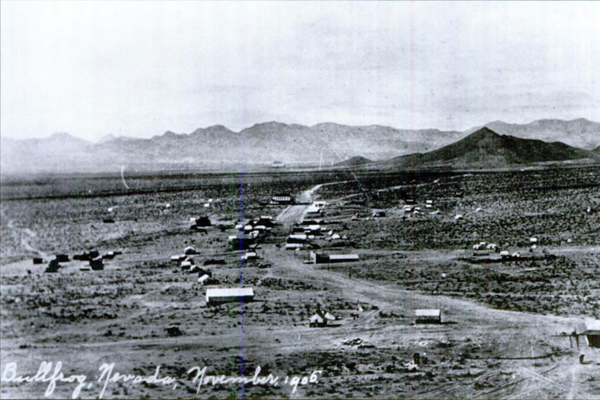

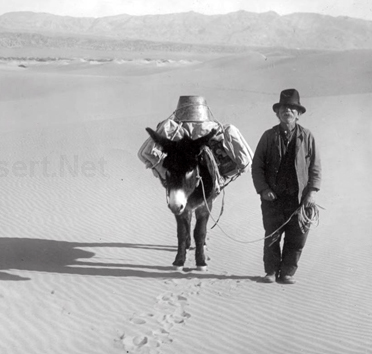
Shorty Harris
Beatty, Nevada
Rhyolite, Nevada
Bullfrog Goldfield Railroad
